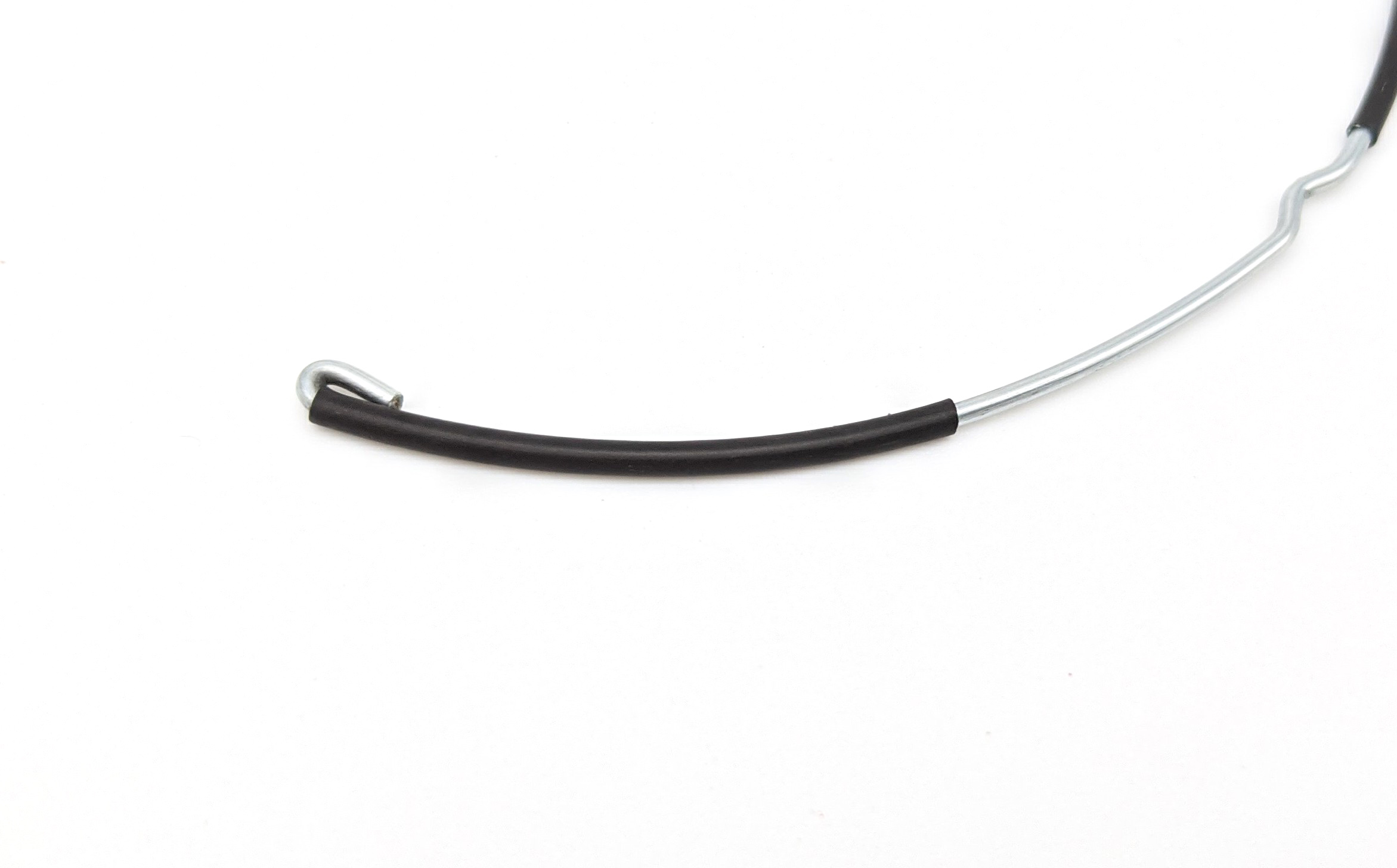Get unique, complex parts easily. No matter your requirements, Chaoyi Spring creates hard-to-produce coil springs and wire forms.
Let us help you create the custom wire form you need, from S-hooks and J-hooks to utility hooks and more.
We work closely with customers across a wide range of industries, helping them design and manufacture made-to-order parts.
Why choose Chaoyi Spring? We prioritize customer-focused collaboration, modern equipment and the latest technology to make your parts per print.
Find the information and guidance you need, from measuring a spring to learning about materials, placing an order and much more.
When it comes to choosing the right type of spring for your application, you may be faced with a decision between two popular options: la springs and coil springs. Both


When it comes to choosing the right type of spring for your application, you may be faced with a decision between two popular options: la springs and coil springs. Both types of springs offer unique benefits and drawbacks, and the best choice for you will depend on a number of factors, including the specific application, the required load capacity, and the desired spring rate.

La springs, also known as leaf springs, are a type of spring made from a flat strip of metal, typically steel. These springs are often used in vehicle suspensions, as they offer a good balance of strength and flexibility. La springs work by bending and flexing under load, storing and releasing energy as needed.
Coil springs, as their name suggests, are made by coiling a wire around a central axis. These springs are commonly used in a wide range of applications, including automotive suspensions, mechanical systems, and consumer products. Coil springs work by compressing or extending under load, storing and releasing energy as the spring changes length.
Here's a breakdown of the key differences between la springs and coil springs:
La springs generally have a higher load capacity than coil springs, meaning they can withstand greater forces before breaking or permanently deforming. This is due to the greater surface area of the leaf spring, which distributes the load more evenly.
The spring rate refers to the amount of force required to compress or extend a spring by a given distance. La springs typically have a higher spring rate than coil springs, meaning they are stiffer and require more force to deflect. This can be advantageous for applications where a high level of stiffness is required, such as heavy-duty suspension systems.
Coil springs are generally more flexible than la springs. This means they can absorb and release energy more smoothly, leading to a more comfortable ride in vehicles. Coil springs also allow for a wider range of movement than la springs, making them well-suited for applications where flexibility is important.
Both la springs and coil springs can be extremely durable, but la springs are known for their exceptional resistance to fatigue and wear. This makes them a good choice for applications where the spring is subjected to repeated cycles of loading and unloading.
Coil springs are typically more cost-effective to manufacture than la springs, as they require less material and processing. However, la springs can be more durable and require less maintenance, making them a more cost-effective option in the long run for certain applications.
The best type of spring for your application will depend on a number of factors, including:
For example, if you need a spring with a high load capacity and a stiff ride, la springs may be the best choice. If you need a spring with a more flexible ride and a lower spring rate, coil springs may be a better option.
Ultimately, the decision of whether to use la springs or coil springs comes down to the specific requirements of your application. By carefully considering the factors discussed above, you can make an informed decision that will ensure the success of your project.
Whether you need to absorb impact, provide support, or store energy, understanding the differences between la springs and coil springs can help you choose the right spring for your needs and ensure the success of your project.
Browse some of the custom wire forms and springs that we manufacture. Don’t see what you need? We specialize in made-to-order products that meet your application requirements.
Visit Our GalleryNeed a custom wire form or coil spring? We make it work. Fill out the contact form and a representative will respond within 1 business day. If you have a PDF or CAD file, you can submit to request a quote.